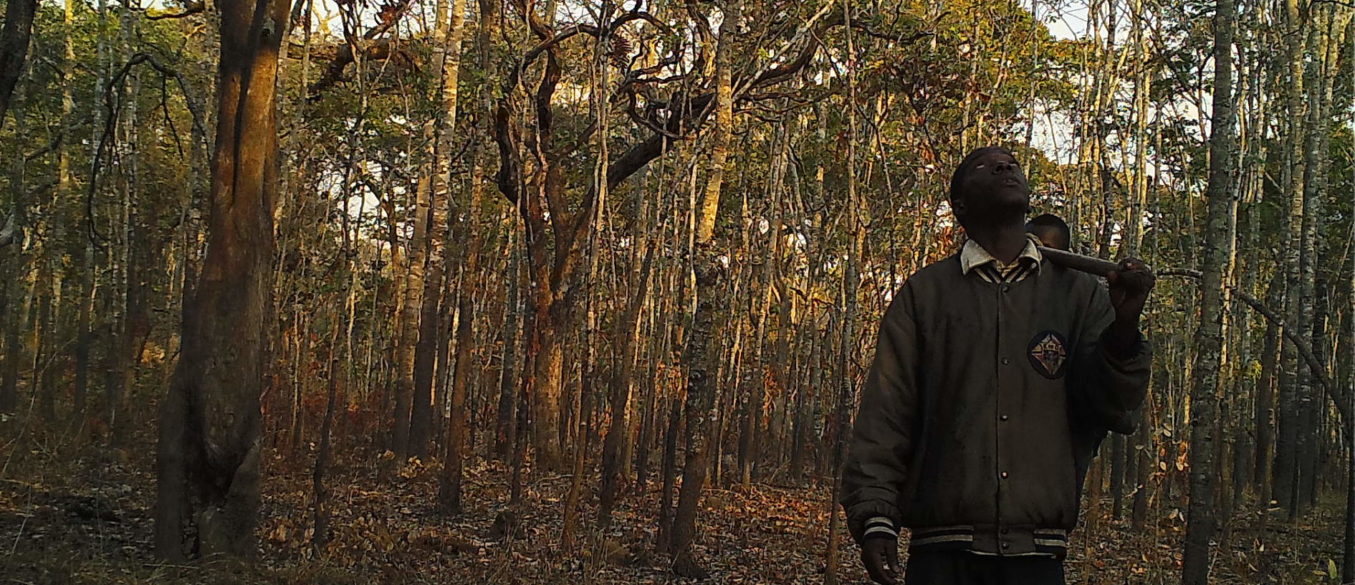Written by Yves Hausser
The first results of ADAP and IBA 2019 annual systematic camera traps monitoring in Mlele Beekeeping Zone, Western Tanzania, are very encouraging regarding the potential conservation performance of low status protected areas where communities are having a leading role in both governance and management.
The initial results of the 2019 campaign confirmed the continuous presence of several Red Listed Species such as the wild dog (Lycaon pictus, CR), the lion (Panthera leo, VU), the leopard (Panthera pardus, VU), the African elephant (Loxodonta African, VU), the giraffe (Giraffa camelopardalis, VU) and the ground pangolin (Smutsia Temmincki, VU).
Beyond iconic species, globally 56 species of medium and large mammals are monitored in the Beekeeping Zone. The relative abundance index of most of large ungulates is on the increase (particularly for buffaloes, eland, sable, hartebeest and roans), and distribution of several species is as well extending.
The Mlele Beekeeping Zone is an area devoted primarily to the beekeeping activity benefitting local communities, with an average production of 40 tons of prime quality honey per year. While most of the Forest Reserves in the area are facing fast deforestation, depletion of wildlife and encroachments, it is really motivating to see that efforts to build capacity at local level pay off.
The recent study on the forest conditions by Dr. Urs Bloesch of Adansonia consulting confirmed as well that the forest habitat is well conserved.
Last but not least, in an age of high tech solutions and very important budgets invested, these results have been achieved with a somehow modest funding but sustained over time, thanks to our donors the Geneva Federation for Cooperation (the project is running since 2002), and an important commitment of staff both locally and in Geneva.
We believe that whenever possible it is far better and cost-efficient to conserve existing habitat and biodiversity rather than to intervene actively to restore it after degradation and depletion. Despite these results, challenges are manifold and still many things to achieve to ensure the sustainability of benefits for local communities and biodiversity. In addition, ADAP is developing new projects to extend the approach to other Forest Reserves in the region.
Thanks to IBA Village Game Scouts for their commitment and dedication in both law enforcement and ecological monitoring work! Thanks to the University of Applied Sciences of Western Switzerland (HEPIA), its students and researchers for the fruitful partnership that led to the establishment of the monitoring.
Below are a selection of images of wildlife and its stewards, the beekeepers.

